- Direct: 705-929-2538
- Email: [email protected]
It’s time to … Be Adventurous
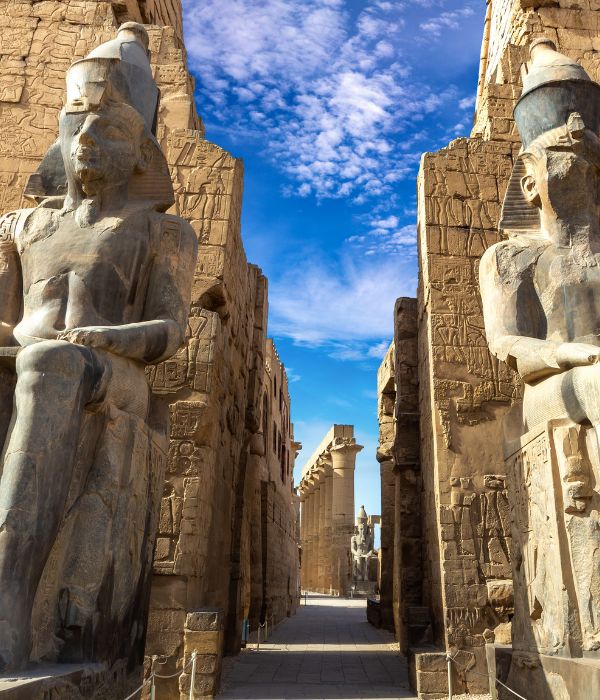
Time to step out of your comfort zone and experience excitement! Our next adventure will awaken your inner explorer!
Today we are going to recap a bit of Egypt’s history as we wander one of the world’s largest religious complexes — the Karnak Temple complex.
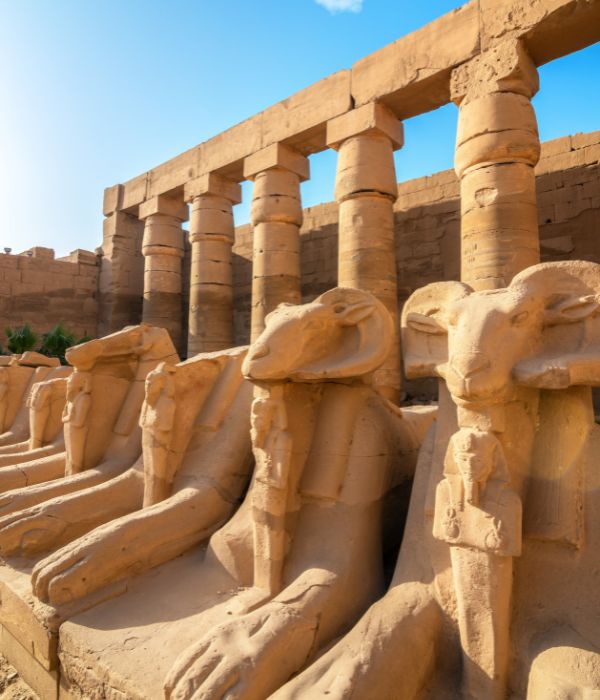
There are two main tourist attractions in Egypt: Luxor and Cairo. Today’s adventure is happening in Luxor. There is so much history in this one spot and is spread out in different areas, I recommend that you do this as part of a tour package — which will include the main attractions and provide all the transportation that is needed!
The first part of today’s adventure is getting a quick recap of some of Egypt’s history, and then we are going to explore one of the world’s largest religious complexes.
You can spend hours wandering around looking at the old city and its architecture, but today, we are going to “get a refresher course” on Egypt’s history by visiting the Luxor Museum. Located on the banks of the eastern shore of the Nile River, it houses two mummified pharaohs and has some items from Tutankhamun’s tomb. Yes, Cairo Museum does have the largest collection from the tomb, but Luxor is considered one of the best museums in Egypt.
Once we have taken our refresher course, we are going to connect with the remnants of ancient Thebes with our visit to the well-preserved and vast Karnak Temple complex. Rated as one of Egypt’s top sites to visit, we will see the imposing Avenue of Sphinxes
It was Queen Hatshepsut that began the first phase of the sphinxes, along with the construction of chapels (of which none remain). Then Pharaoh Nectanebo expand the complex and added the pathway which is flanked by hundreds of stone sphinxes.
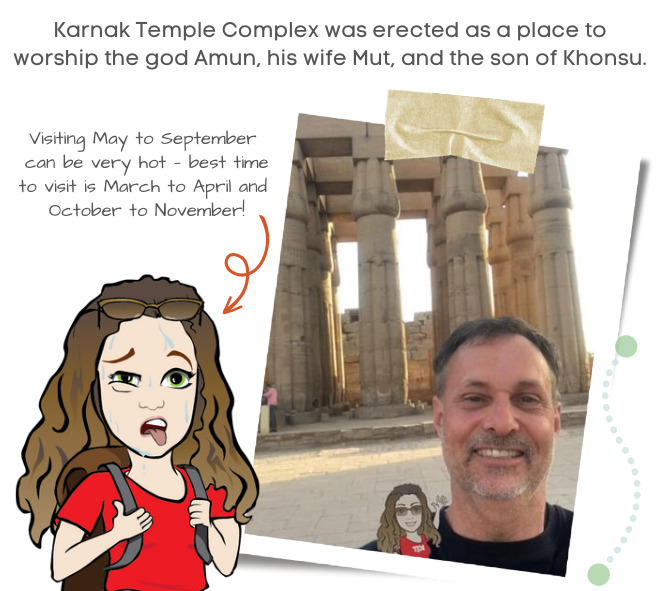
This complex is massive with more than 200 structures, including dominating sandstone columns found in the Great Hypostyle Hall. This temple complex was erected as a place to worship the god Amun, his wife Mut, and the son of Khonsu.
• Quick history lesson — the Great Temple of Amun is the central temple of the complex and was the religious epicentre of Theban life.
— One of the world’s most stunning man-made structures and remains in good condition;
— To the south is the precinct dedicated to his wife, goddess Mut;
— The north is the precinct dedicated to Montu, the falcon-headed god of war;
— There was an area to the east, which was destroyed, dedicated to Sten, the sun disk.
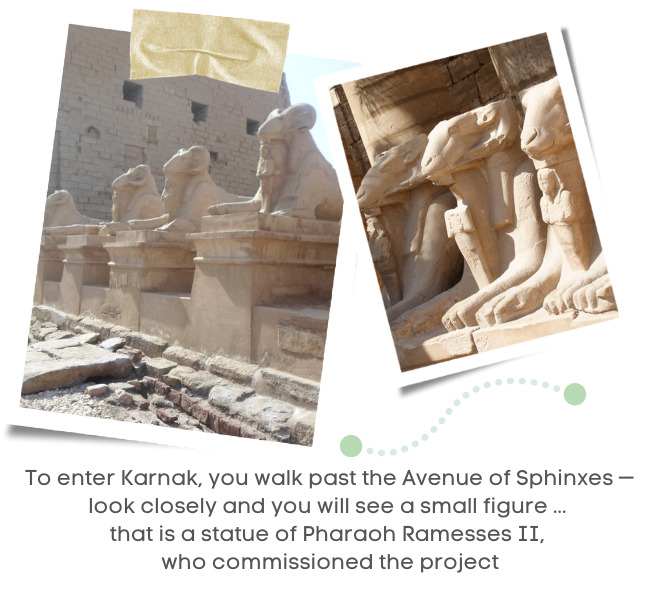
When I say pylons, I am NOT referring to the ones you dodge and weave on the road. While exploring the complex, various sections have pylons — there are 10 — and function as a type of gateway.
• These pylons are decorated with scenes of the ruler who had them built.
• Just beyond the second pylon, you will enter the Great Hypostyle Hall, which is considered one of the wonders of the world. The walls and columns are covered with inscriptions of pharaohs making offerings.
— The columns in the north half are dated from the reign of Seti I, and those in the southern half the dated from the reign of Ramses II;
• Once you have exited the third pylon, you will enter the Central Court, where there were four obelisks, but only one is still standing.
• After you walk past the sixth pylon, you enter the First Hall of Records. Here, you will see magnificent colossal statues of Amun and the goddess Amaunet.
• Much of Karnak as it is today began with the oldest part of the temple complex in the eighth pylon, which was ruled by a female pharaoh — Hatshepsut. Before her, Karnak was mostly built with mud brick, but she undertook the rebuilding of Karnack with sandstone, making it more permanent and massive.
Keep a valid photo ID close to you at all times
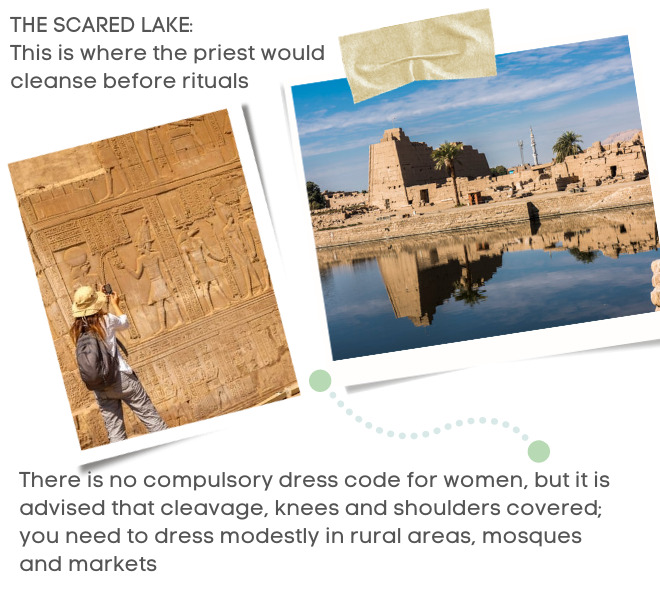

Correspondent and Avid traveller